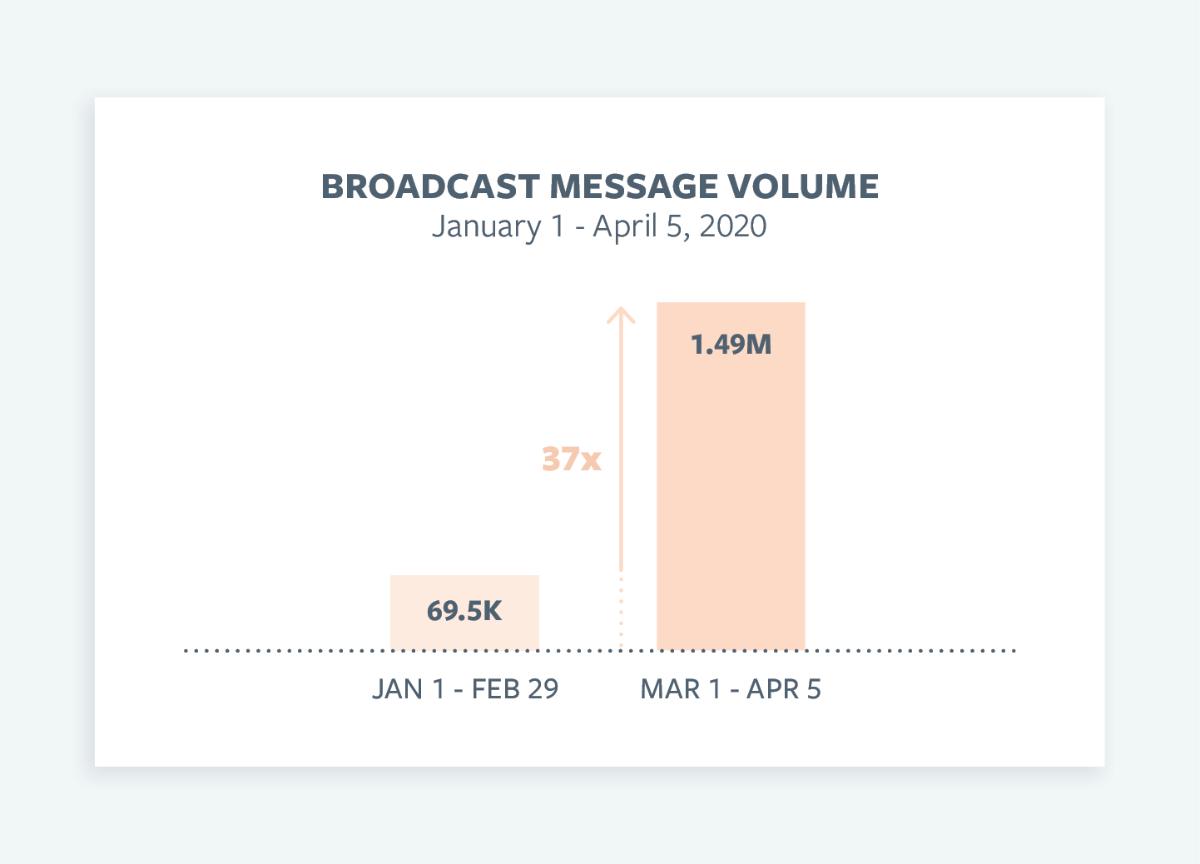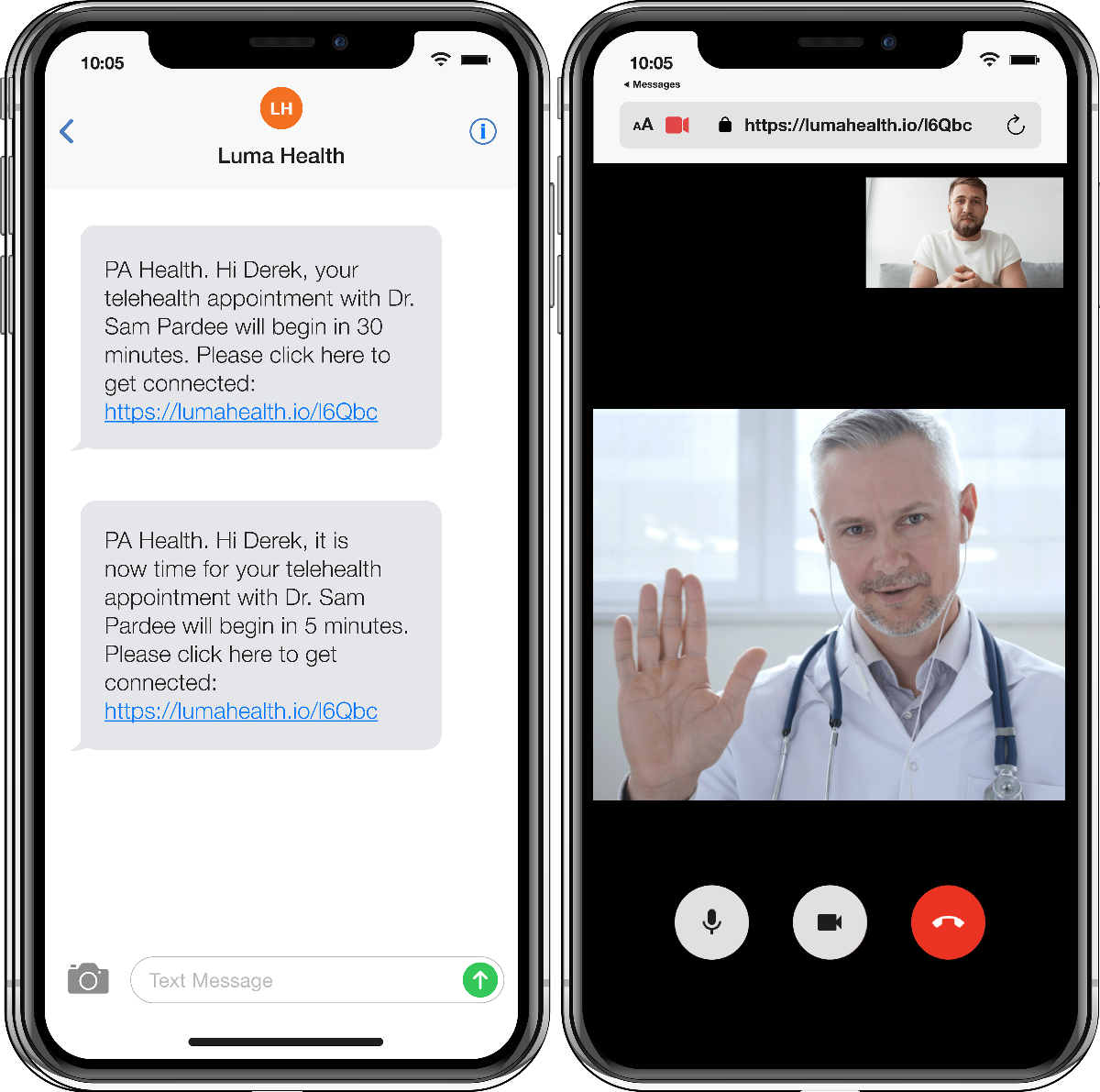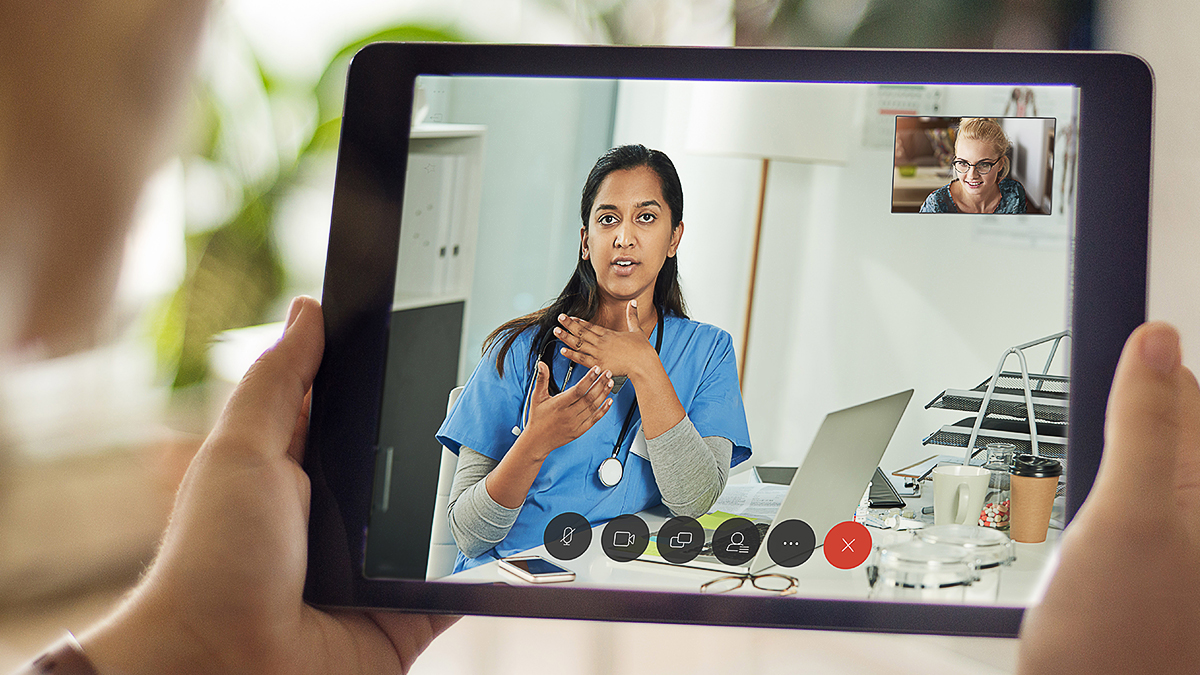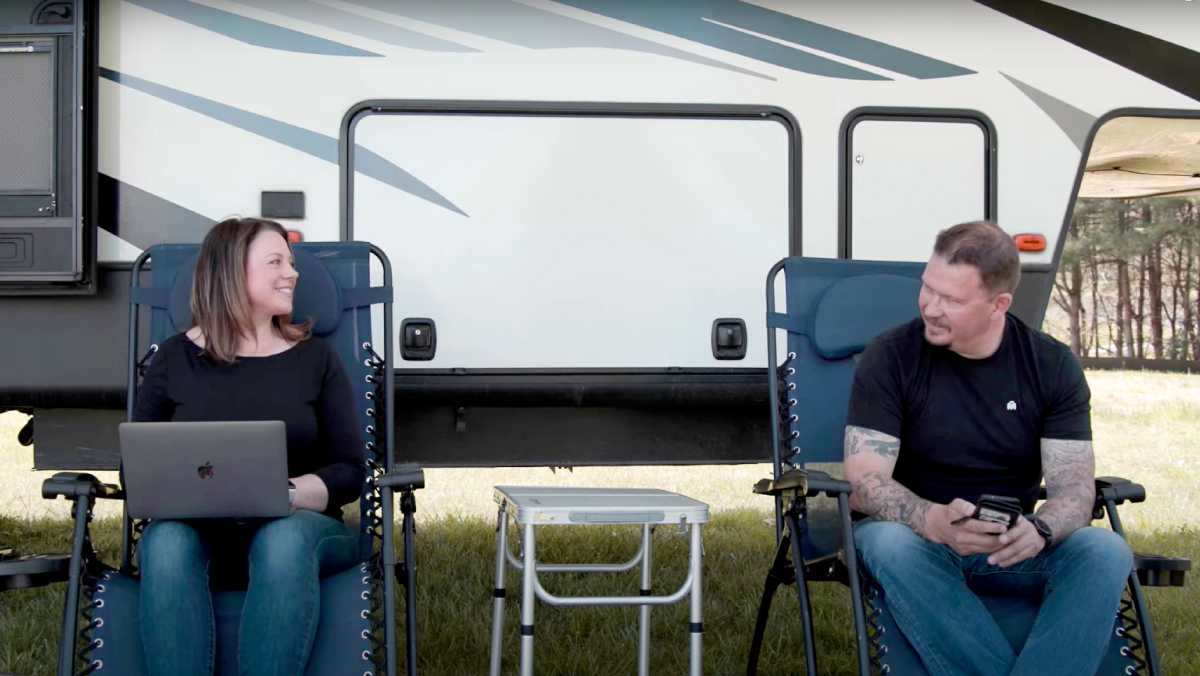Luma Health, the healthcare patient engagement platform, recently saw a 37x messaging growth at the start of the COVID-19 spread in the United States. A mobile-first patient communication startup, Luma is also a Cisco Investments portfolio company that seeks to provide healthcare in the most accessible way. So when the pandemic began to expand, Luma knew its capabilities also had to grow. To better serve the need during this time, Luma and its team created a new telehealth solution in under three weeks that makes video visits simple for patients—particularly for smaller clinics and under-served populations.

One-click healthcare
Within the previous six to eight weeks of the global crisis, Luma saw patient messaging skyrocket. Needs for mass messaging, rescheduling, and education ramped up significantly as well.
“It’s been such a moving target,” says Luma Health Chief Medical Officer Dr. Tashfeen Ekram, “Our clinics needed a way to be able to exchange information with their patients, whether that included scheduling issues, mass messaging their patients, or educating them about current information and health best practices.”
Built on top of the cloud, Ekram says that scaling up its messaging wasn’t too difficult of a task. But he and the team knew there needed to be a simple, virtual telehealth solution as well. At the end of March, the company launched Luma Health Telehealth, a solution that enables one-click, HIPAA compliant virtual appointments between doctors and patients, and can be integrated within a clinic’s Electronic Health Record system.

While adequate and accessible healthcare is a priority for many, often telehealth solutions can be too complicated to use or cannot be integrated within a clinic’s existing system. Luma Health Telehealth uses the same philosophy as with its messaging—it doesn’t require an app, login, or portal, making it simple for patients to use. One click of a link takes users to a web browser on their phone or desktop.
“This has allowed clinics to be able to mass message, identify patients who are at-risk, schedule appointments, and give them access to care,” says Ekram, “Clinics will be able to control the whole process. Our solution can take a clinic and help them to become completely virtual, digitizing the entire healthcare delivery process from beginning to end. I think it’s been helpful for a lot of our clients in this transition phase of going from in-person visits to completely digital.”
Better care for those who need it most
Luma Health has long partnered with community health centers and Federally Qualified Health Centers (FQHC), and a crucial reason for Luma’s super-simple technology is accessibility for these under-served and high-risk populations. Cisco Senior VP of Corporate Affairs Tae Yoo writes that three of the largest barriers to internet-for-all is accessibility, affordability, and digital literacy. 3.7 billion people still remain unconnected from the internet today, something that prohibits these individuals to access education, maintain a livelihood, and obtain services like healthcare.
“Community health clinics need to make sure they’re connected with their patients because they're serving a population who are slightly higher-risk than average,” says Ekram, “They need to figure out how to quickly connect with patients and ensure them that they’re there to deliver the healthcare patients need during this time.”
Simple telehealth solutions provide for vulnerable communities in three ways:
- Digital literacy: Patients don’t need to face the hurdle of downloading another app or navigating sites.
- Lack of transportation: The healthcare worker meets the patient where they are, in the comfort of their own homes.
- Language barriers: The platform allows other people to join the visit, which provides an opportunity for family members and translators to help.
Healthcare moving forward
Ekram says doctors have shared anecdotes of how they’re becoming more and more accustomed to virtual visits. He believes that more of the world is shifting towards this direction, one where both patients and healthcare providers develop a comfort with telehealth and more access will be able to be provided.
“I really think that what's going to come out of this is that we're going to be able to give access,” says Ekram, “More patients will have more access to care—drive down costs and drive up access to care and drive up patient satisfaction. It won't all be virtual in the future, but there will be a time when doctors will be comfortable with saying, you don't need to come in and we can deal with this on the phone.”
###




